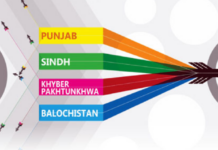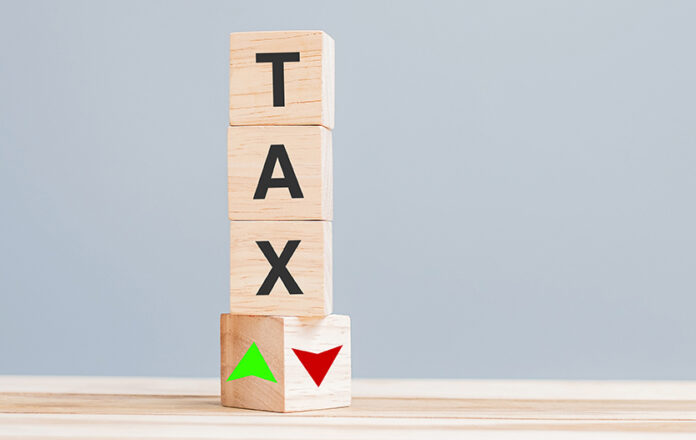In line with commitments under the International Monetary Fund (IMF) program, the federal government has shifted its focus from broadening the tax base to achieving “equity” in its fiscal policies. This transition aims to justify higher taxes on lower-income segments as the government targets a record Rs14 trillion in revenue for fiscal year 2026, marking a 22% increase over the current fiscal year’s projections, according to a news report.
The Federal Board of Revenue (FBR) faces an uphill task in meeting its tax collection targets, especially given concerns about the agency’s capacity to effectively enforce existing laws.
Despite these challenges, officials at the Ministry of Finance remain optimistic, continuing to project strong revenue growth even as key industries, such as manufacturing, remain in decline.
The government expects autonomous revenue collection to reach Rs 12.845 trillion, based on 4.2% GDP growth and 7.5% inflation. To meet this ambitious target, an additional Rs 655 billion in new tax measures is needed, with another Rs 400 billion expected to come from enforcement.
Sectors like real estate and consumer goods, already burdened by excessive taxes, continue to see a dampening effect on economic activity. The feasibility of achieving the ambitious revenue target for FY 2026 is increasingly uncertain, given the contraction in key industries and the fading consumer confidence.
The government’s proposed tax-to-GDP ratio for FY 2026 is set at 12.3%, with the FBR’s share contributing 10.6% of GDP. The remaining revenue will come from provincial collections and the Petroleum Development Levy (PDL).
However, the government is also facing fiscal limitations, with a lower-than-expected allocation for the federal Public Sector Development Programme (PSDP), which is expected to limit the scope of new projects and development spending.
Adding to the pressure, the federal government has sought financial contributions from the provinces of Punjab and Sindh for dam construction, underscoring the fiscal challenges at the centre. The need to balance revenue generation with a constrained development budget has become a key concern for policymakers.
In terms of taxation, the government is moving towards a new approach centered on equity, with plans to increase lower tax rates across various sectors. This includes raising taxes on goods and services while also targeting specific areas such as tobacco and digital transactions.
The FBR plans to implement a new taxation model that will levy lower rates on digital transactions and higher rates on cash-based transactions, replacing the current distinction between tax filers and non-filers.























